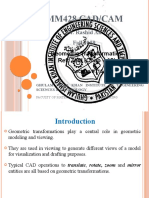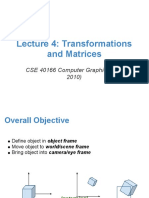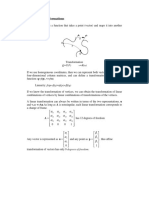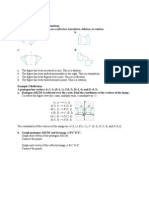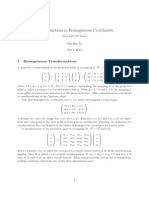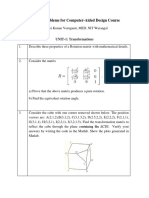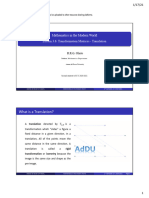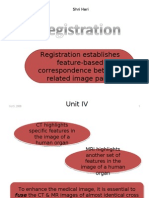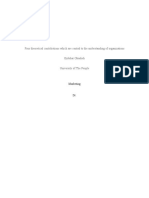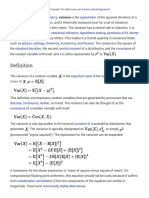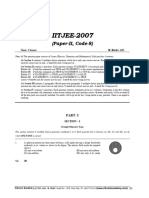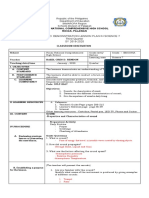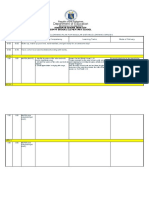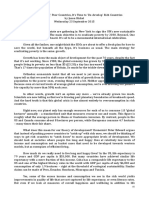0% found this document useful (0 votes)
128 views8 pagesMatrix Transformations Guide
- Matrices can be used to represent points and polygons on the coordinate plane, and to perform transformations like translations, reflections, and rotations.
- Transformations are classified based on whether they produce congruent or similar figures. Isometries produce congruent figures, while dilations produce similar figures.
- Examples show how to set up and multiply vertex matrices by transformation matrices to find the images of figures under translations, reflections, rotations, and dilations.
Uploaded by
J Christopher ClementCopyright
© © All Rights Reserved
We take content rights seriously. If you suspect this is your content, claim it here.
Available Formats
Download as PDF, TXT or read online on Scribd
0% found this document useful (0 votes)
128 views8 pagesMatrix Transformations Guide
- Matrices can be used to represent points and polygons on the coordinate plane, and to perform transformations like translations, reflections, and rotations.
- Transformations are classified based on whether they produce congruent or similar figures. Isometries produce congruent figures, while dilations produce similar figures.
- Examples show how to set up and multiply vertex matrices by transformation matrices to find the images of figures under translations, reflections, rotations, and dilations.
Uploaded by
J Christopher ClementCopyright
© © All Rights Reserved
We take content rights seriously. If you suspect this is your content, claim it here.
Available Formats
Download as PDF, TXT or read online on Scribd
/ 8













